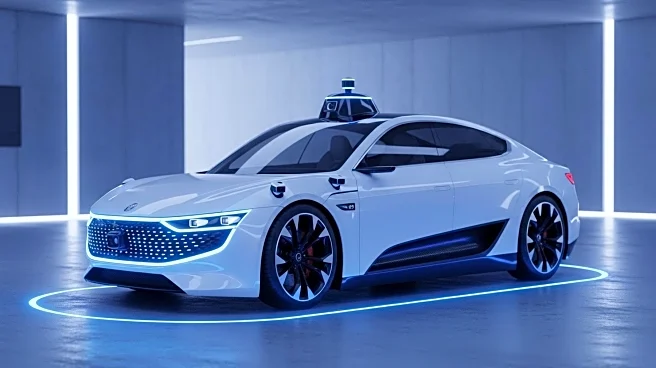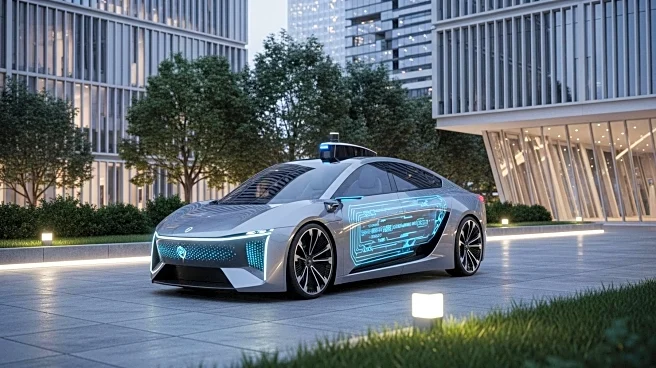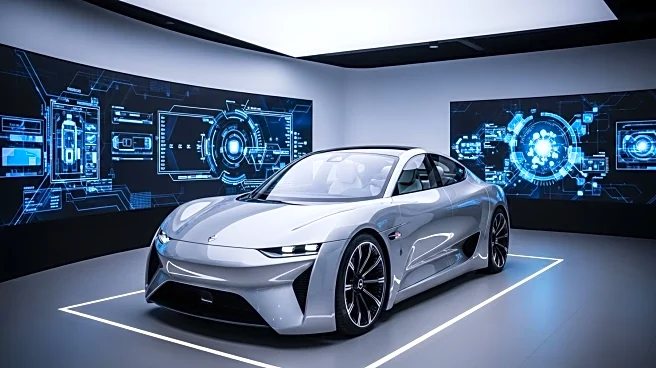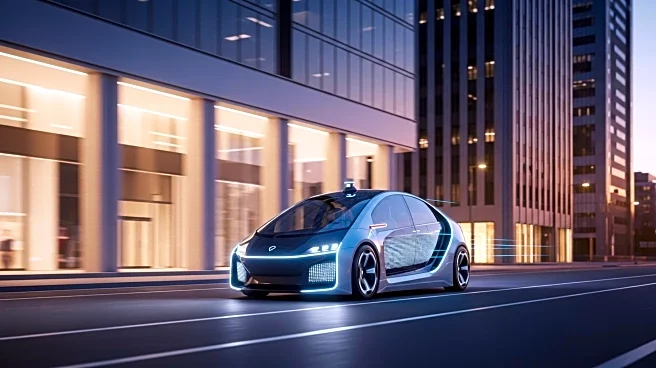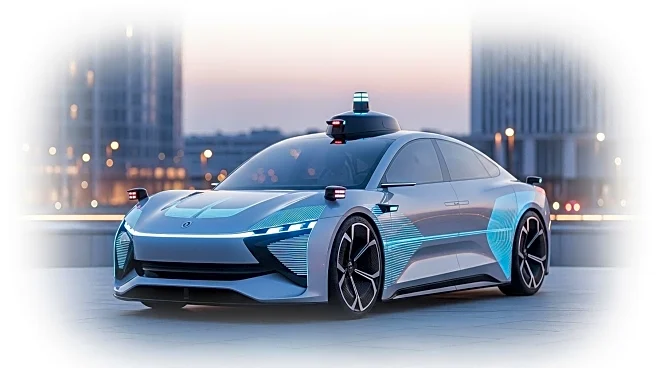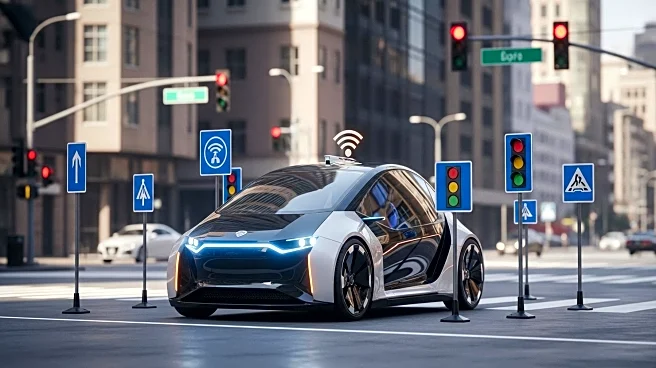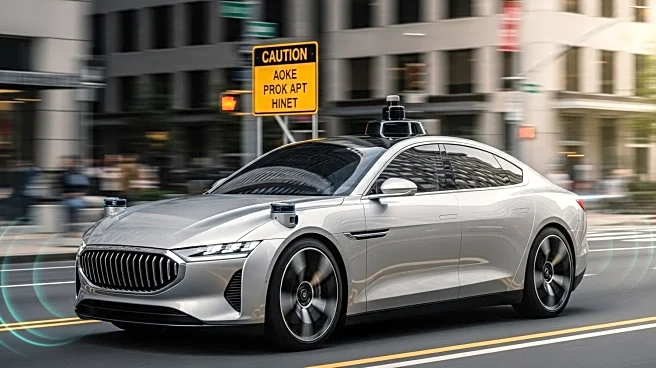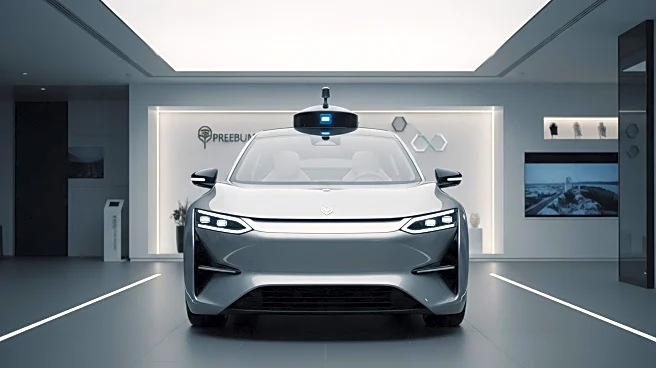What's Happening?
Experts have projected that fully autonomous vehicles will not become widespread until after 2035. Current advancements in driver-assistance technologies, such as General Motors' Super Cruise, are expected to lead the market in the near term. These systems, which allow for hands-free driving, are being improved and expanded across more vehicles. However, the transition to fully autonomous, Level 5 vehicles, which require no human intervention, faces significant challenges and is not anticipated in the next decade. The forecast suggests that by 2035, 16 million Level 4 vehicles, capable of autonomous operation under certain conditions, will be deployed annually.
Why It's Important?
The delay in the widespread adoption of fully autonomous vehicles highlights the technological and regulatory hurdles that remain. While advancements in driver-assistance systems continue, the complexities of achieving full autonomy pose significant challenges. This has implications for the automotive industry, which must balance innovation with safety and regulatory compliance. The gradual shift towards more autonomous vehicles could transform transportation, impacting urban planning, traffic management, and the economy. Companies investing in autonomous technology may need to adjust their timelines and strategies to align with these projections.
What's Next?
As the industry continues to develop autonomous technologies, regulatory frameworks will play a crucial role in shaping the future of self-driving cars. Automakers are likely to focus on enhancing existing driver-assistance systems while addressing safety concerns. The deployment of Level 4 vehicles, particularly in controlled environments like robotaxis and delivery services, may increase. Stakeholders, including policymakers, manufacturers, and consumers, will need to collaborate to address the challenges and opportunities presented by autonomous vehicles. The evolution of this technology will be closely watched, with potential implications for global transportation systems.

